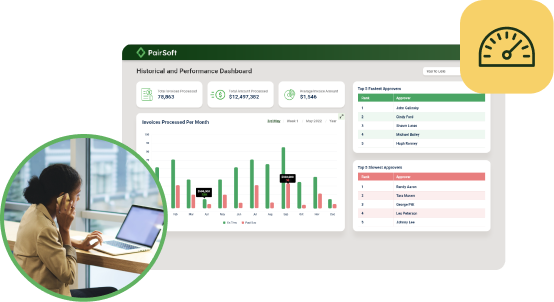Harvard Business School recently
surveyed 600 CEOs and asked them what keeps them awake at night during this global pandemic. The survey found that almost every aspect of doing business must be completely rethought for both short-term survival and long-term success. A company’s procurement function is surely one of those aspects. Although it will be many months or even years before the full impacts of the crisis can be measured, we believe that it is already possible to identify
seven key spend management lessons that we can learn from to reduce the economic costs of this pandemic, to inform responses to future crises, and to fully flourish as the world begins its comeback.
1. SaaS saves the day
The SaaS industry was already on a steep upward trajectory, but the global health crisis is certain to reinforce the trend. With millions of employees working from home, it’s vital for companies to provide them with secure, simply access to the tools they need to do their jobs remotely. From procurement management, to telemedicine applications and web conferencing, to restaurant delivery apps, SaaS applications are paving the way for businesses to continue to deliver their products and services – to a remote customer base and through a remote employee base.
2. Cutting procurement costs becomes job one
While obtaining goods at the lowest cost has always been a goal of procurement professionals, cost-cutting measures are of extra importance during this time as many companies are losing revenues. The entire procure-to-pay cycle needs to gain efficiencies that save time, money and touchpoints. Some ways we’re seeing companies do that are by:
3. Fact-based procurement decisions will keep us on track
In the Harvard Business School survey mentioned above, one of the key issues cited by CEOs was the ability to make complex decisions and plans quickly. Applying that to the procurement cycle, access to data and analytics provides organizations with greater insight into their supply chain. The insight can help procurement professionals improve spend management, detect potential fraud, mitigate risks, and promote more strategic vendor negotiations. In the era of big data, it’s now possible and practical to include strategic considerations such as vendor performance, risk analysis, and sustainable practices in procurement decisions.
4. Vertical procurement solutions reign
Vertical SaaS, software solutions focused on a particular niche, is on the rise. As a matter of fact, the vertical SaaS market has tripled in the last ten years. Perhaps this should come as no surprise, as a SaaS solution that is made specifically for a certain industry (like procurement, expense management, and travel management) leads to a number of improvements for businesses. These include better data governance, increased business value, higher levels of employee productivity and greater accuracy of analytical tools.
While many ERP applications include limited procurement functionality, there are compelling reasons why an organization should consider a more advanced procurement solution, especially with a heightened focus on efficiencies and cost savings.
5. Agility is the great equalizer
Business agility has always been a key driver and benchmark of notably successful organizations, but now it has become abundantly clear that a business’s ability to assess a situation rapidly and accurately and then pivot quickly in response can make a profound difference. A case in point are the companies that have pivoted operations to produce personal protection equipment during the pandemic.
Business agility can encompass many things and it does not have to come in the form of something as dramatic as changing your core product mix. For example, you can build agility in your procurement process by automating approvals workflows, empowering work-from-home staff and providing vendor self-service portals.
6. Mobile is on the move
Mobile usage has surpassed desktop usage and has become the way people surf the web, shop online, use social media and — increasingly during the pandemic — perform their job tasks. In response, SaaS companies are pouring development resources into creating mobile apps that are quick, responsive and user friendly. Procurement has gone mobile too, with powerful apps that empower users to shop from curated vendors, create requisitions, and route them for approval.
7. Integrations are integral
In a world where the typical company uses more than 100 business-related SaaS programs, integration is critical. Integration promotes many of the attributes businesses are looking for in their procurement and finance systems, including flexibility, control, visibility and forecasting. Integrations begin with APIs. Simply stated, APIs specify how software components should interact. Software publishers provide APIs as ways for users (or their partners) to read and/or write data into the application.
As more and more business activities move to the cloud, the integration between these applications becomes a game-changer, promoting productivity and efficiency throughout the organization. Ultimately, businesses need spend management solutions that help them in times of uncertainty as well as prosperity, solutions that empower workers, enforce established business flows, lower operating costs, and deliver deep visibility and insight into operations. With lessons learned during these uncertain times, companies better position themselves to emerge from the downturn healthy and strong.
You might also be interested in:
Procurement’s Role in the New Normal
Cloud Procurement — A Business Imperative
Top 10 Reasons for Cloud Computing in the New Normal
Coronavirus — You May Have More Control Than You Think
Becoming an Agile Organization







